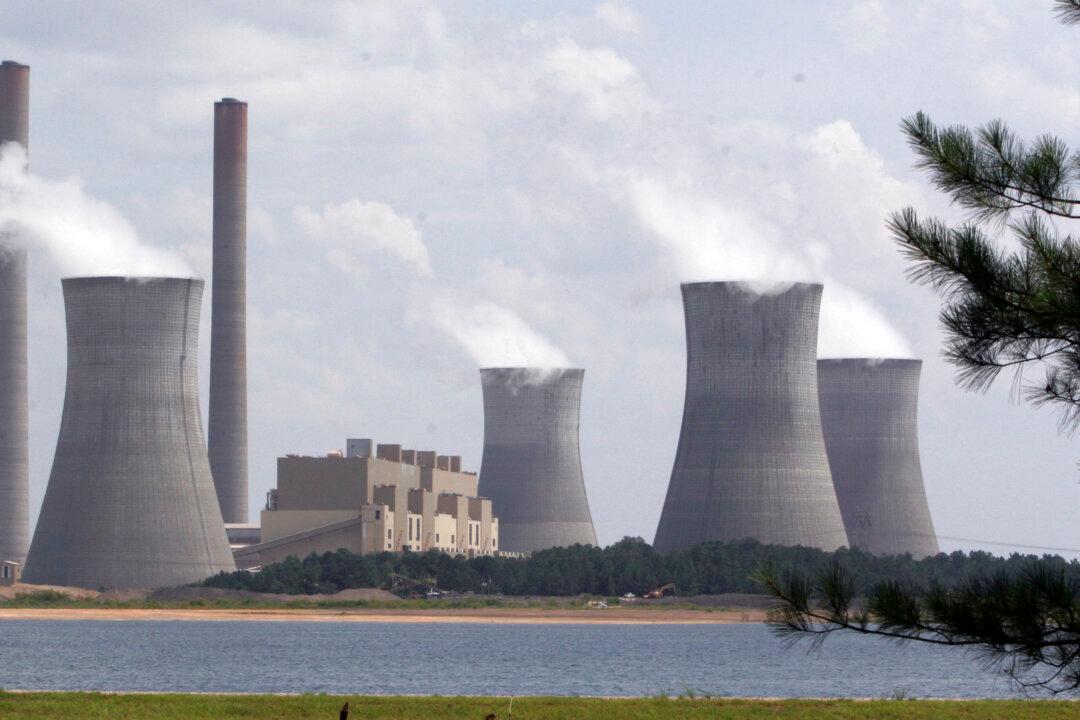Researchers from the University of New South Wales (UNSW) have found a way to convert carbon dioxide (CO2) emissions into a resource that can be used in the creation of industrial products like fuel and plastics.
Announcing the discovery on June 11, UNSW said if adopted on a large scale, it believes “this process could give the world breathing space as it transitions towards a green economy.”




